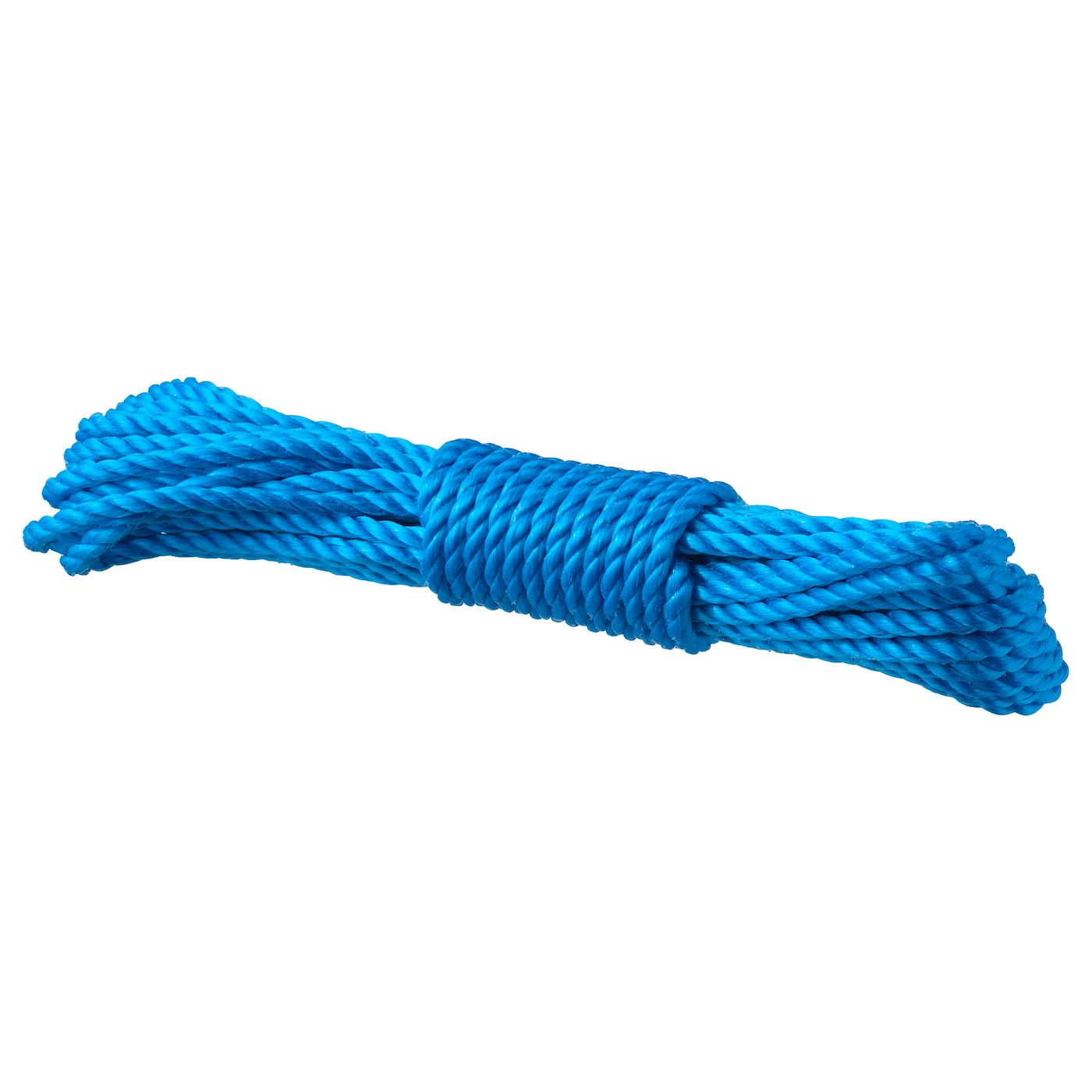

Articles
How To Store Rope
Modified: December 7, 2023
Learn the best practices for storing articles and tips on how to properly store rope to ensure its longevity.
(Many of the links in this article redirect to a specific reviewed product. Your purchase of these products through affiliate links helps to generate commission for Storables.com, at no extra cost. Learn more)
Introduction
When it comes to outdoor activities like camping, climbing, boating, or even gardening, having a reliable rope is essential. However, storing rope can sometimes be a challenge. Improper storage can lead to knots, tangles, and even damage to the rope itself. To ensure the longevity and usability of your rope, it’s crucial to store it properly.
In this article, we will explore various methods and techniques for storing rope. We’ll cover everything from coiling techniques to using rope bags and boxes, and even hanging rope on hooks or racks. Additionally, we’ll provide tips on maintaining and protecting your rope to ensure it stays in optimal condition throughout its lifespan.
Whether you’re an avid outdoor enthusiast or simply someone who relies on rope for everyday tasks, this guide will help you store your rope effectively and keep it in excellent shape. Let’s dive in and learn how to store rope like a pro!
Key Takeaways:
- Proper rope storage is crucial for maintaining longevity and usability. Coiling, using rope bags and boxes, hanging on hooks, or storing in plastic containers are effective methods to keep ropes in excellent condition.
- Regular inspection, cleaning, protection from UV rays, and proper handling are essential for maintaining and protecting ropes. Choosing the right storage method based on rope type and available space ensures optimal condition for future use.
Read more: How To Store A Rope
Choosing the Right Rope Storage Method
When it comes to storing your rope, there are several factors to consider. The ideal storage method will depend on the type of rope you have, the length of your rope, and the space available to you. Let’s explore some common rope storage methods and discuss their advantages and disadvantages.
Coiling Techniques: Coiling is one of the most popular rope storage methods. It involves neatly winding the rope into a circular shape. There are various coiling techniques to choose from, such as the butterfly coil, mountain coil, or hank coil. Coiling is especially useful for longer ropes, as it helps prevent tangling and makes it easier to unravel when needed. However, it can be time-consuming, and improper coiling can lead to kinks or twists in the rope.
Rope Bags and Boxes: Rope bags and boxes are convenient options for storing ropes of various lengths. Rope bags are designed with a built-in rope tarp, allowing you to keep your rope clean and organized. They often come with carrying handles or shoulder straps, making them portable and easy to transport. On the other hand, rope boxes provide a more secure and protected storage solution, especially for ropes that aren’t frequently used. They offer better protection against dust, moisture, and UV rays but may take up more space.
Hanging Rope on Hooks or Racks: If you have limited space or need quick access to your rope, hanging it on hooks or racks can be a practical solution. This method allows you to keep your rope off the ground and easily visible, making it convenient to grab and use. However, it’s essential to ensure that the hooks or racks are sturdy enough to support the weight of the rope and that they won’t cause any damage or strain on the rope fibers.
Storing Rope in Plastic Containers: Plastic containers, such as bins or crates, can be an effective way to store ropes. They provide protection against moisture, pests, and other environmental elements. Plastic containers also offer the advantage of being stackable, allowing you to efficiently utilize storage space. However, be sure to avoid placing heavy objects on top of the container to prevent any potential damage to the rope.
Ultimately, the best rope storage method will depend on your specific needs and preferences. Consider the length and type of rope you have, the available space, and the level of protection required. By choosing the right storage method, you can ensure that your rope remains in optimal condition, ready for your next adventure or task.
Rope Coiling Techniques
Coiling your rope properly is essential for preventing tangles and knots that can be time-consuming and frustrating to untangle. Here are some popular coiling techniques that you can use to store your rope effectively:
- Butterfly Coil: The butterfly coil is commonly used for shorter ropes or ropes that need to be easily accessible. Start by making a loop with the rope, then bring the working end through the loop to create another loop. Continue this process, alternating sides, until you reach the desired coil length. Finally, secure the coil with a twist or with a rope strap.
- Mountain Coil: The mountain coil is ideal for longer ropes and provides maximum tangle prevention. Begin by holding the end of the rope with one hand and extend your arm fully. With your other hand, start making large loops, approximately 3 to 4 feet in diameter, and stack them on top of each other. Once you reach the end of the rope, secure it with a twist or rope strap.
- Hank Coil: The hank coil is often used for storing ropes that need to be deployed quickly, such as rescue ropes. Start by making a large loop, like a lasso, with the rope. Continue making loops, folding them over one another, until you have coiled the entire length of the rope. Secure the coil with a twist or rope strap, ensuring it remains intact during storage.
Regardless of the coiling technique you choose, make sure to avoid over-tightening the coil, as it can cause stress on the rope fibers. Additionally, keep the coils loose enough to allow air circulation, preventing any moisture buildup that could lead to mildew or rot.
After coiling your rope, it’s a good practice to secure the coil using a rope strap or a small piece of cord. This will help keep the coil intact and prevent it from unraveling during storage or transport. Be sure to avoid using materials that can damage the rope, such as rubber bands or tape.
By mastering the art of rope coiling and selecting the appropriate coiling technique for your specific rope and storage needs, you can ensure that your rope remains neat, tangle-free, and ready for use whenever you need it.
Using Rope Bags and Boxes
Rope bags and boxes provide an organized and convenient storage solution for your ropes. Whether you’re an outdoor enthusiast or simply need to store your ropes safely, using rope bags and boxes can help protect your investment and make it easier to transport your ropes. Here’s how you can effectively utilize these storage options:
Rope Bags: Rope bags are designed specifically for rope storage. They typically feature a built-in rope tarp or mat to keep your rope clean and protected from dirt, debris, and moisture. Rope bags come in various sizes to accommodate different rope lengths and diameters. They often have handles or shoulder straps, allowing you to carry the bag with ease. When storing your rope in a bag, make sure to coil it neatly to minimize any tangles or knots. Place the coiled rope on the tarp and fold it over, securing it with the bag’s closure mechanism. This not only keeps your rope organized but also allows for easy deployment when needed.
Rope Boxes: Rope boxes offer a more secure and protective storage solution, especially for ropes that are not frequently used or need long-term storage. These boxes are typically made from durable materials such as plastic or metal and come with a lid to keep your rope safe from dust, moisture, and UV rays. Before placing your rope in a rope box, make sure it is clean and dry to prevent any mold or mildew growth. Coil the rope neatly and place it inside the box, ensuring there is enough room to close the lid without applying pressure on the rope. Rope boxes are stackable, making them a space-efficient storage option.
Whether you choose a rope bag or a rope box, it’s important to store your ropes in a cool, dry place away from direct sunlight. This will help preserve the integrity of the rope and prolong its lifespan. Additionally, regularly inspect your rope bags and boxes for any signs of wear or damage, and replace them if necessary, to ensure continued protection for your ropes.
Rope bags and boxes offer convenience and protection for your ropes, making it easier to transport and store them. By utilizing these storage options, you can keep your ropes in excellent condition, ready for your next adventure or task.
Store rope in a cool, dry place away from direct sunlight to prevent degradation. Coil it neatly to avoid kinks and tangles. Consider using a rope bag or container for added protection.
Hanging Rope on Hooks or Racks
If you have limited storage space or need quick access to your ropes, hanging them on hooks or racks can be a practical solution. Not only does hanging ropes save valuable floor space, but it also helps prevent tangling and keeps them easily visible and accessible. Here’s how you can effectively hang your ropes:
Choose the Right Hooks or Racks: When selecting hooks or racks for hanging ropes, it’s important to ensure they can support the weight of the rope without bending or causing any damage. Heavy-duty hooks or racks made of durable materials like steel are recommended. Consider the length and weight of your rope, and choose hooks or racks that are suitable for the task.
Coil and Hang Neatly: Before hanging your rope, coil it neatly to minimize any tangles or knots. Start by making a loop at one end of the rope, then continue coiling it in a circular motion until you reach the other end. Make sure the loops are evenly stacked, allowing for easy removal and usage later on. Once you have your coil, place it on the hook or rack, ensuring it hangs freely without any strain or pressure on the rope fibers.
Organize and Label: If you have multiple ropes hanging on hooks or racks, consider organizing them by size, type, or purpose. This will make it easier to locate the specific rope you need without having to sort through them all. Additionally, labeling the hooks or racks can further enhance organization and efficiency. You can use tags or markers to indicate the type or length of the rope hanging on each hook or rack.
Regularly Inspect and Maintain: It’s essential to regularly inspect your hanging ropes for any signs of wear, damage, or weakening. Check for frayed ends, broken fibers, or any other indicators that the rope may be reaching the end of its usable life. If you notice any issues, promptly replace the rope to ensure safety and reliability. Additionally, periodically clean the hooks or racks to remove any dust or debris that may accumulate over time.
Hanging your ropes on hooks or racks provides a convenient and space-saving storage method, allowing for quick access and visibility. By following these tips, you can keep your ropes organized, tangle-free, and in excellent condition for their intended use.
Read more: How To Store Battle Ropes
Storing Rope in Plastic Containers
Plastic containers, such as bins or crates, can be an effective and affordable storage option for your ropes. They provide protection against moisture, pests, and other environmental elements, keeping your ropes safe and in good condition. Here are some tips for storing ropes in plastic containers:
Choose the Right Container: When selecting a plastic container for rope storage, opt for one that is sturdy and durable. Ensure it has a tight-fitting lid to prevent any dust or moisture from entering. The size of the container will depend on the length and thickness of your ropes. Consider the amount of space you have available and choose a container that can accommodate your ropes without overcrowding.
Coil and Organize: Before placing your ropes in the plastic container, coil them neatly to prevent tangling and knotting. Start by making a loop at one end of the rope, then continue coiling it in a circular motion until you reach the other end. Ensure the coils are even and compact, allowing for efficient use of space in the container. If you have multiple ropes, consider organizing them by size, type, or usage, making it easier to locate the specific rope you need in the future.
Protect Against Moisture: Moisture can degrade the quality of your ropes over time, leading to mold, mildew, or rot. To protect against moisture, ensure your ropes are clean and dry before storing them. Consider using moisture-absorbing products like silica gel packets or moisture-absorbing packs to minimize any moisture buildup. Place these packs within the container to help maintain a dry environment. Additionally, avoid storing the plastic container in areas prone to high humidity or temperature fluctuations.
Avoid Overloading: While plastic containers offer excellent storage capabilities, it’s important not to overload them with excessive weight. Keep in mind the weight limit specified by the manufacturer and distribute the weight of your ropes evenly within the container. Overloading the container may cause it to crack or buckle, compromising the integrity of the stored ropes.
Label and Maintain: To enhance organization, consider labeling each plastic container with the type or size of ropes inside. This will make it easier to locate the specific rope you need without having to open every container. Additionally, periodically inspect the containers for any signs of damage or wear. If you notice any cracks or weakening of the container, replace it to ensure the continued protection of your ropes.
Storing your ropes in plastic containers offers a secure and convenient solution, protecting them from moisture, pests, and other hazards. By following these guidelines, you can ensure that your ropes remain in excellent condition and are ready for use whenever you need them.
Maintaining and Protecting Rope
Proper maintenance and protection are crucial for preserving the longevity and performance of your ropes. Whether you’re using them for outdoor adventures or everyday tasks, following these tips will help ensure your ropes stay in excellent condition:
Regular Inspection: Regularly inspect your ropes for any signs of wear, frayed ends, or damaged fibers. Pay close attention to areas where the rope is most likely to experience stress, such as near knots or connection points. If you notice any abnormalities, replace the rope to prevent potential accidents or failures during use.
Cleaning: Cleaning your ropes is essential to remove dirt, debris, and any contaminants that may compromise their performance. Use mild soap and lukewarm water to gently clean the ropes. Avoid using harsh chemicals or abrasive materials, as they can damage the rope fibers. Rinse the ropes thoroughly and allow them to air dry before storing.
Protection from UV Rays: Excessive exposure to sunlight and UV rays can degrade the strength and integrity of your ropes over time. To protect them from UV damage, store them in a cool, dry place away from direct sunlight when not in use. Consider using rope bags, boxes, or covers made from UV-resistant materials for added protection.
Keep Away from Chemicals: Contact with chemicals, including acids, solvents, and strong cleaning agents, can weaken and deteriorate rope fibers. Take precautions to keep your ropes away from such substances. If accidental exposure occurs, thoroughly rinse the affected area of the rope with clean water as soon as possible.
Proper Handling and Storage: Always handle your ropes with care, avoiding sharp edges or rough surfaces that can cause abrasion or cuts. When storing the ropes, choose the appropriate storage method discussed earlier, such as coiling, using rope bags, hanging on hooks or racks, or storing in plastic containers. Proper storage will prevent tangling, knots, and damage to the rope, ensuring it stays in excellent condition.
Retiring Old Ropes: Ropes have a limited lifespan, and it’s crucial to know when to retire them. Factors such as usage frequency, exposure to harsh conditions, and the type of rope will determine their lifespan. If a rope shows signs of excessive wear, strength loss, or has been subjected to a significant impact or load, it’s best to replace it to prevent potential accidents or failures.
By implementing these maintenance and protection practices, you can extend the life of your ropes and ensure their reliability and safety during your outdoor activities or daily tasks. Remember, a well-maintained rope is a dependable rope.
Conclusion
Properly storing your ropes is essential for maintaining their performance, longevity, and safety. Whether you’re an outdoor enthusiast or rely on ropes for everyday tasks, following the right storage methods will help you keep your ropes in excellent condition. In this article, we explored various rope storage techniques, including coiling, using rope bags and boxes, hanging ropes on hooks or racks, and storing them in plastic containers.
Coiling your ropes using techniques like the butterfly coil, mountain coil, or hank coil helps prevent tangling and makes them easier to unravel when needed. Rope bags and boxes offer convenient storage options, providing protection against dust, moisture, and UV rays. Hanging ropes on hooks or racks saves space and ensures quick access, especially when you have limited storage area. Plastic containers, such as bins or crates, provide durability and protection for your ropes, guarding them against moisture and pests.
To maintain and protect your ropes, regular inspection is important to catch any signs of wear or damage. Cleaning ropes with mild soap and water removes dirt and contaminants, while avoiding direct exposure to chemicals is crucial to prevent fiber deterioration. It’s also essential to store ropes away from UV rays, handle them with care, and retire old ropes when necessary.
Remember, choosing the right storage method depends on the type of rope, length, and available space. By following these guidelines, you can ensure that your ropes remain in optimal condition and are always ready for your next adventure or task.
So, whether you’re an outdoor enthusiast scaling mountains or a gardener tending to your plants, take the time to properly store and maintain your ropes. Your ropes will thank you by providing the reliability and durability you need, ensuring that you can tackle any challenge that comes your way with ease and confidence.
Frequently Asked Questions about How To Store Rope
Was this page helpful?
At Storables.com, we guarantee accurate and reliable information. Our content, validated by Expert Board Contributors, is crafted following stringent Editorial Policies. We're committed to providing you with well-researched, expert-backed insights for all your informational needs.
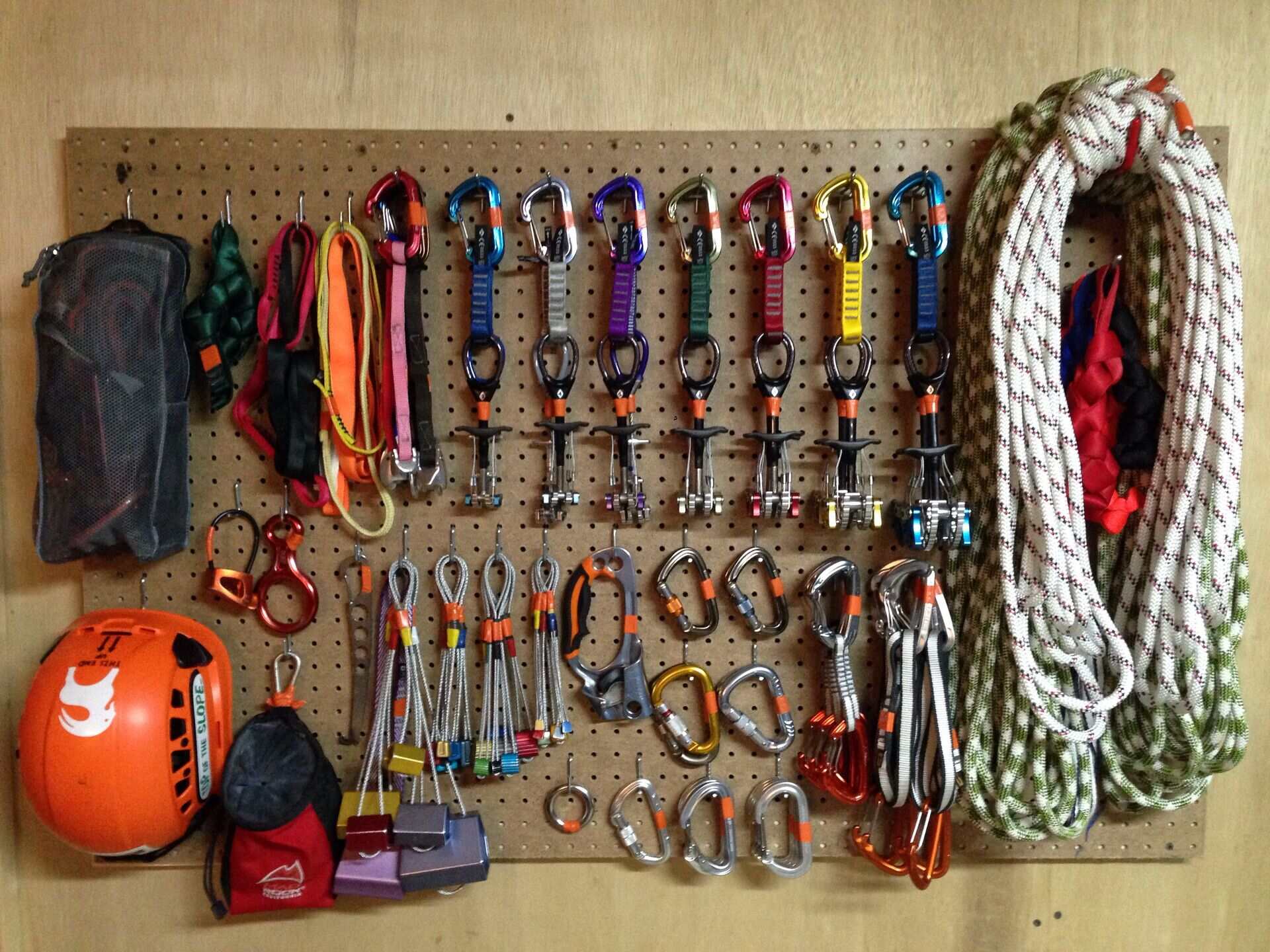
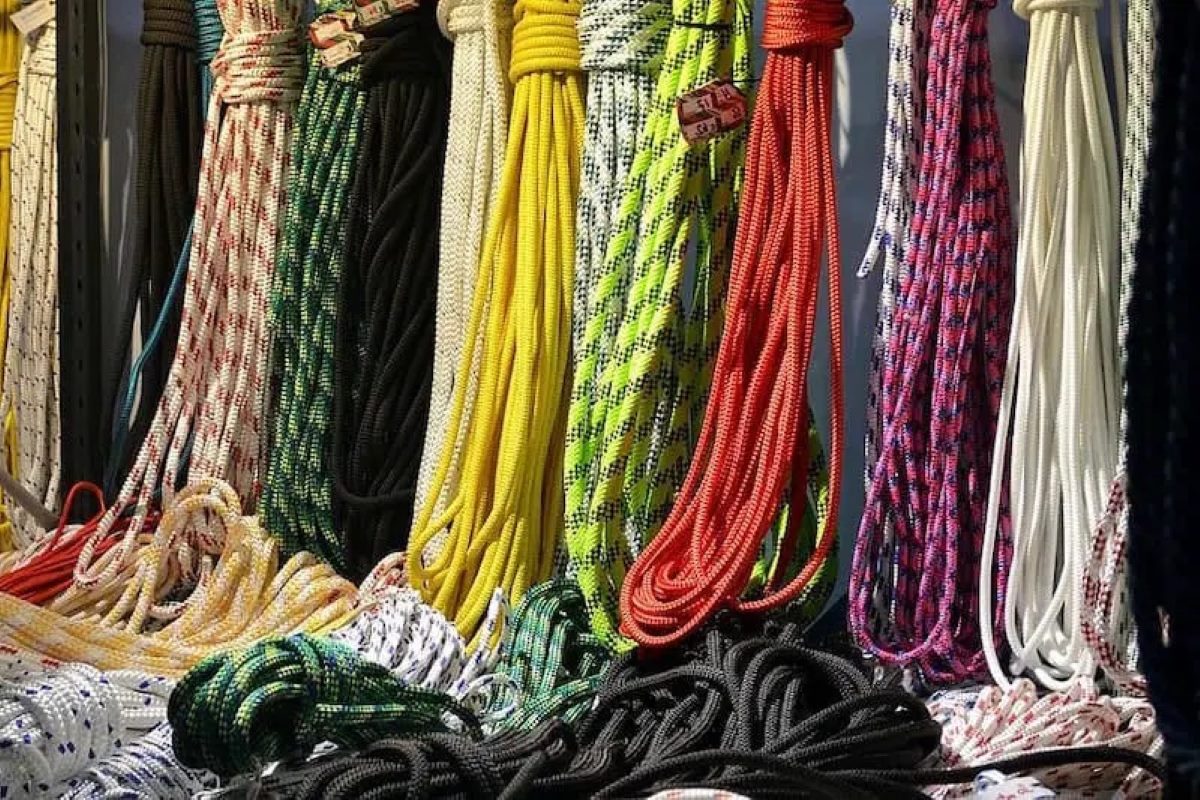
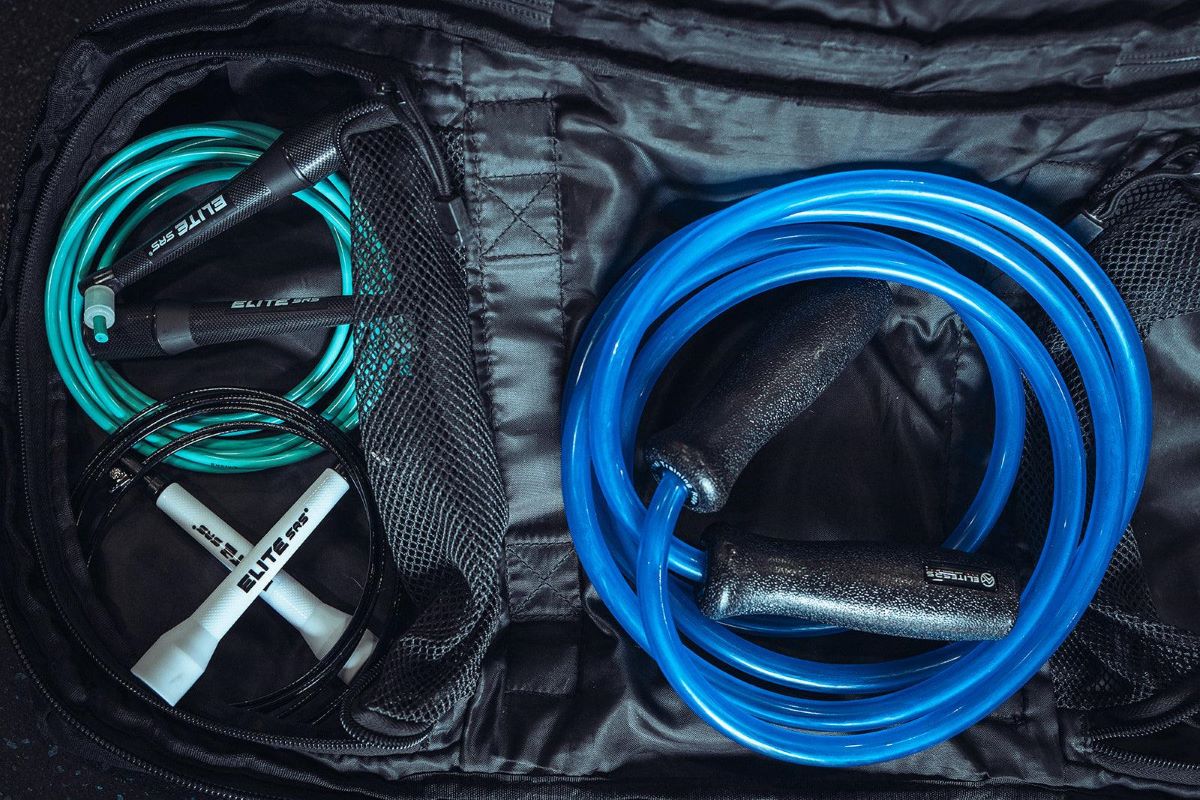
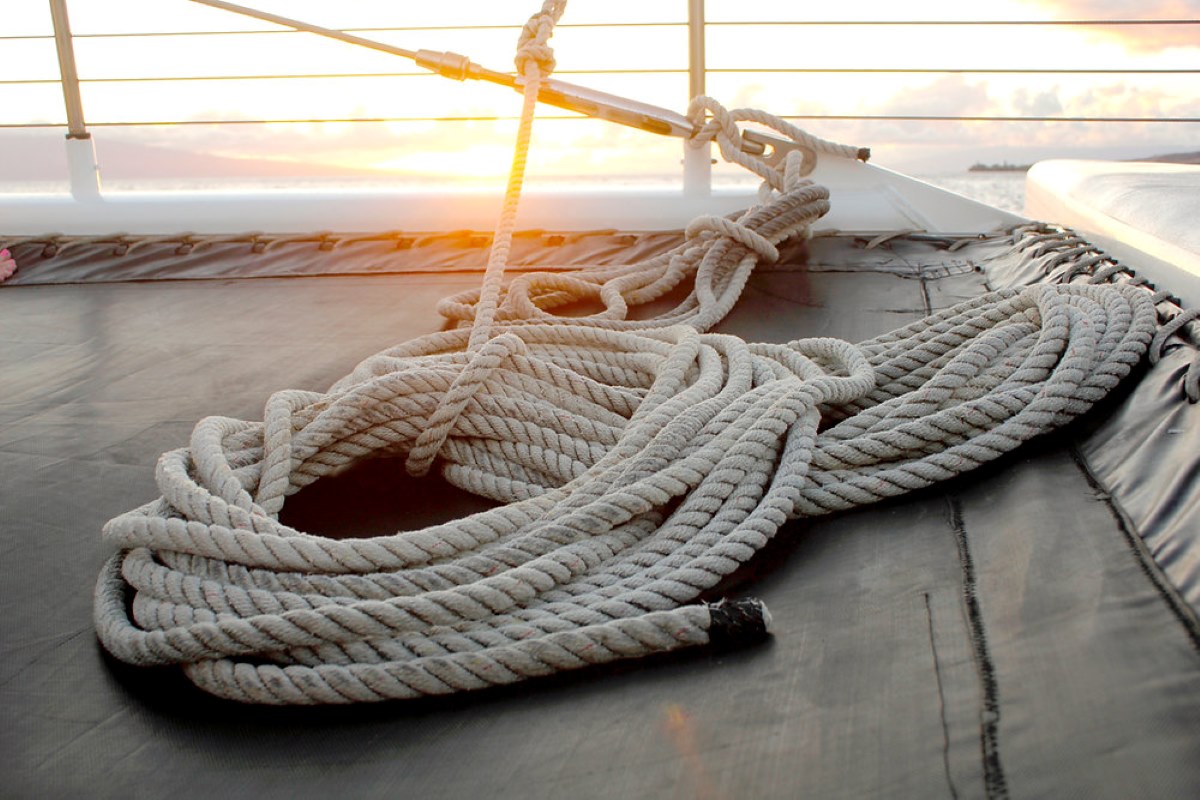
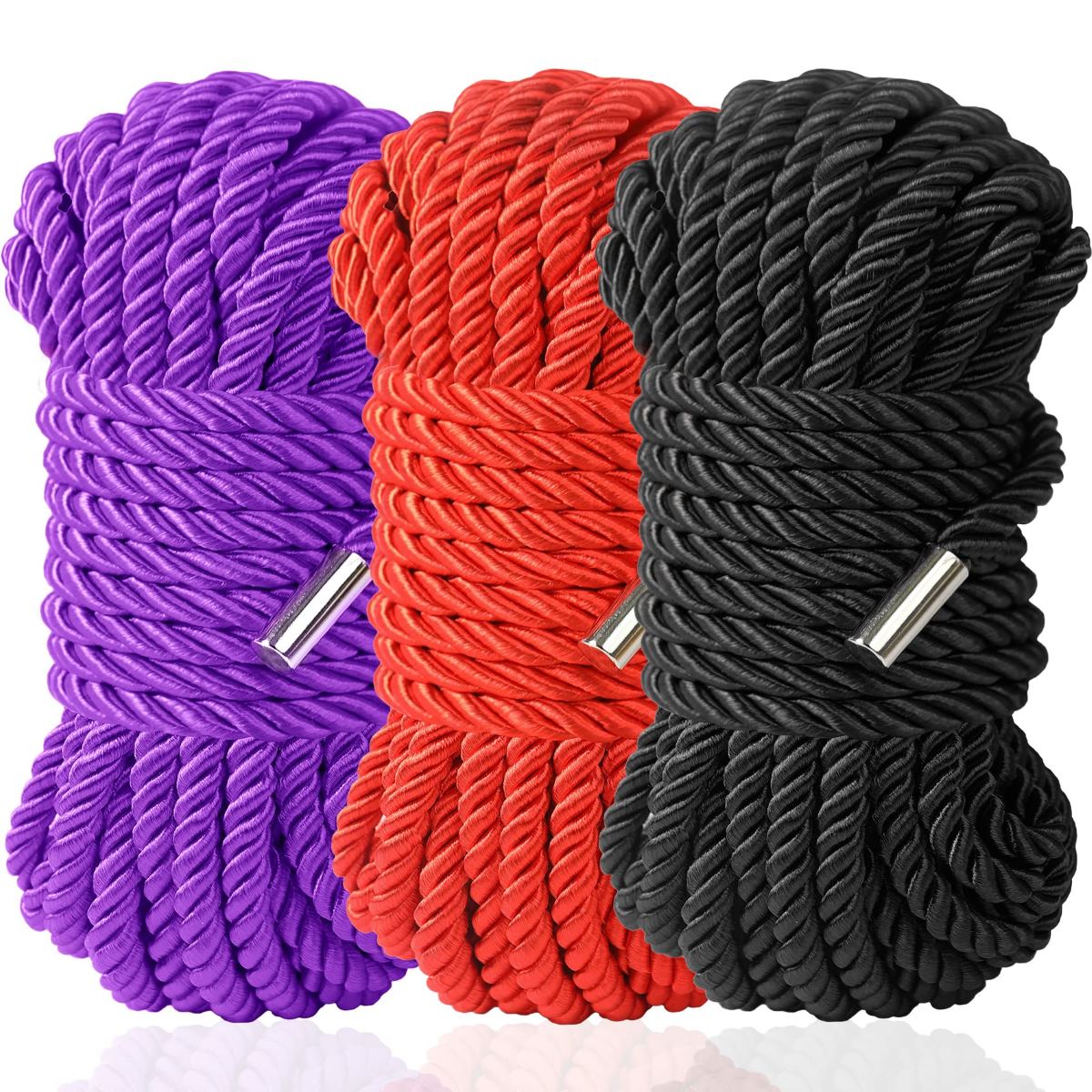
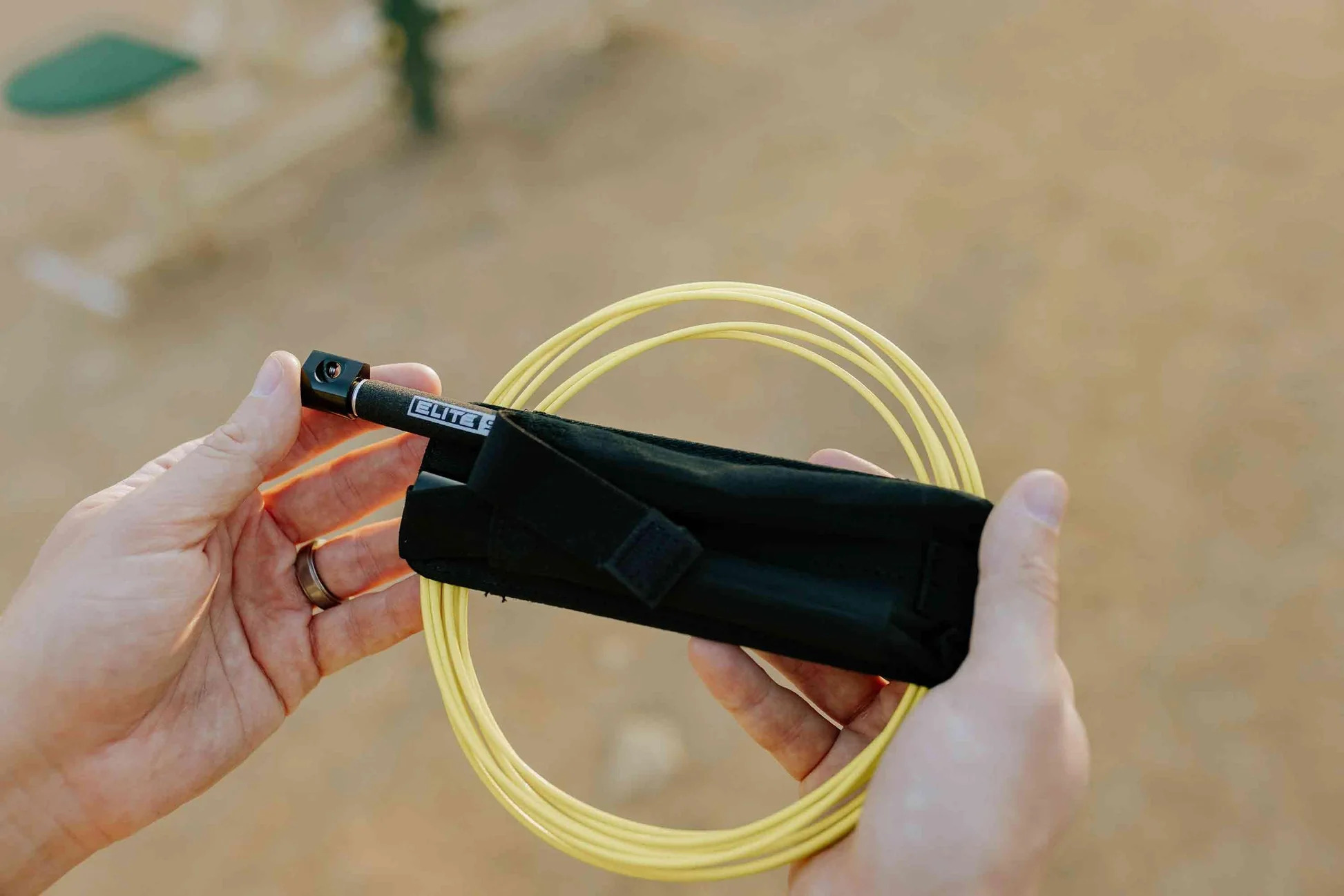

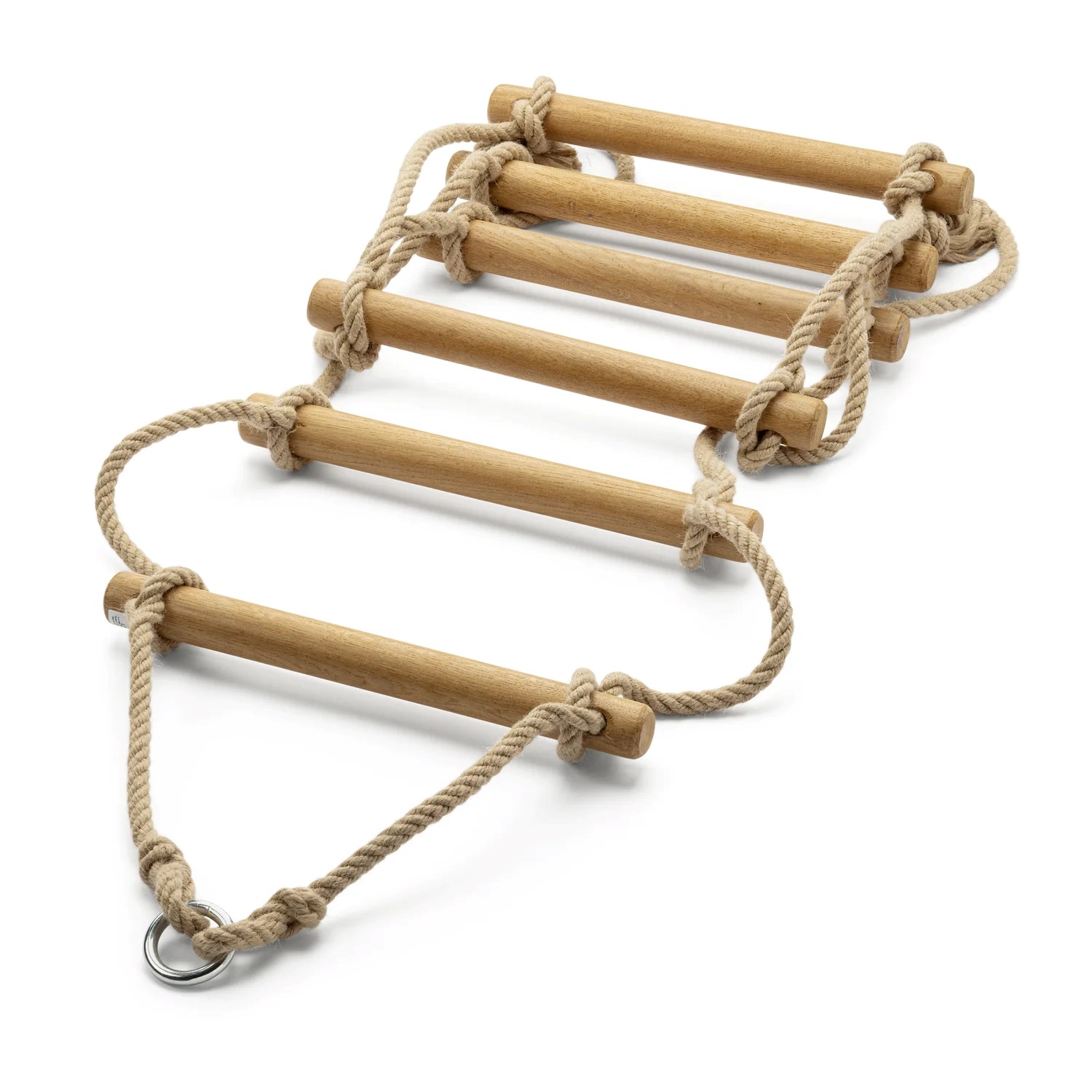

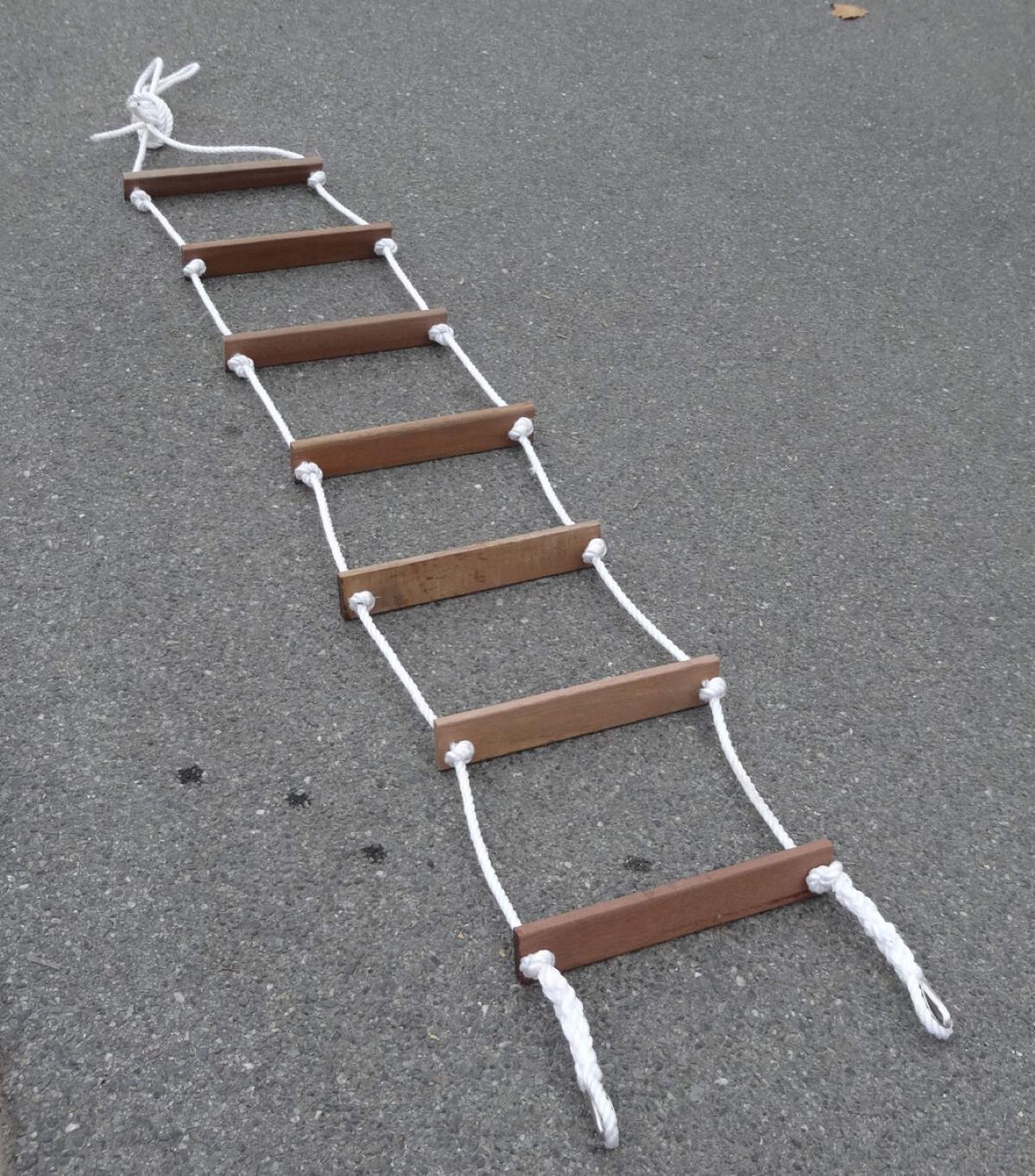
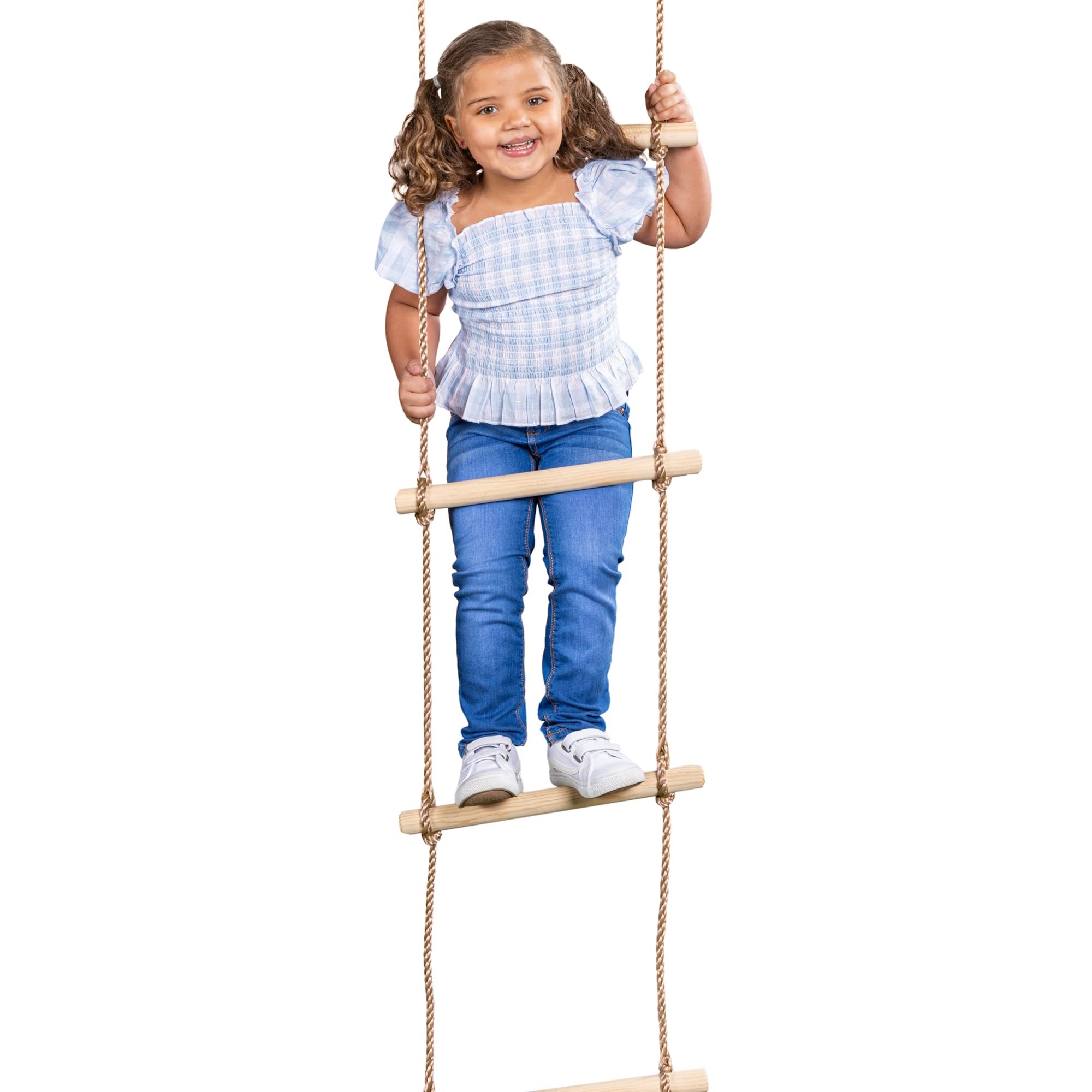
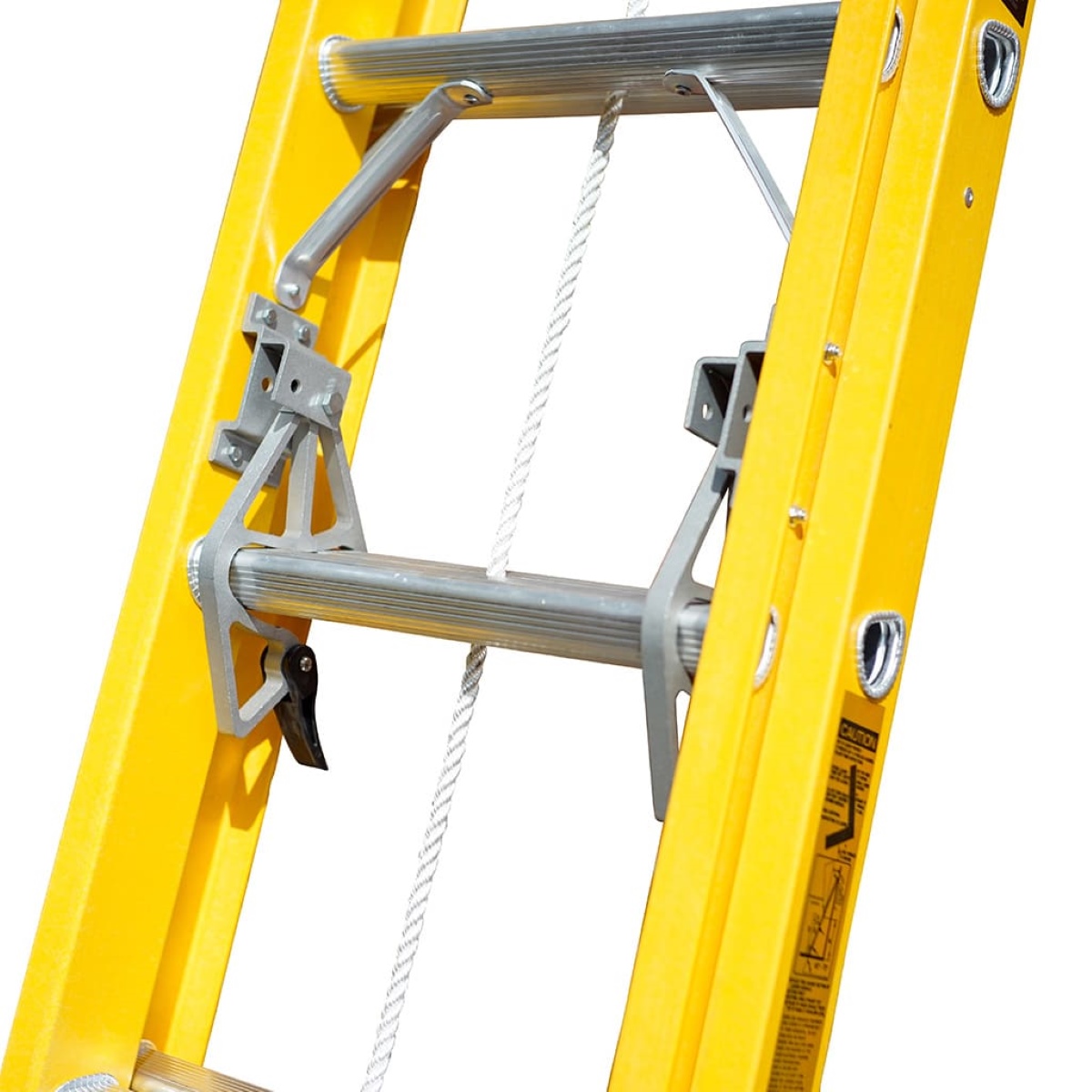
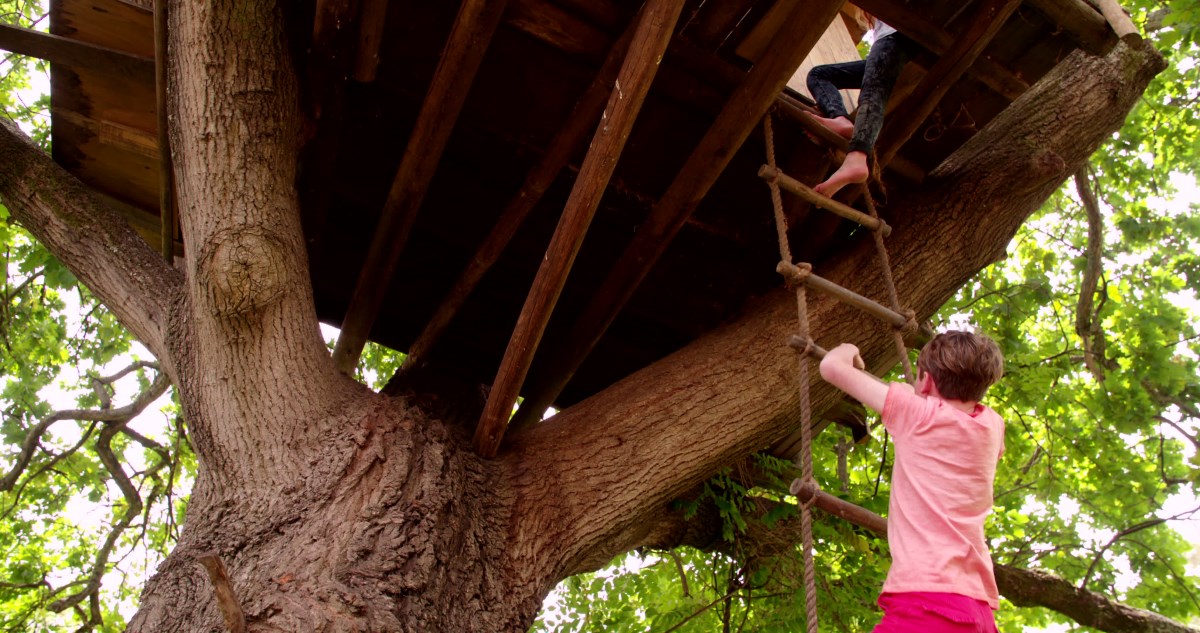
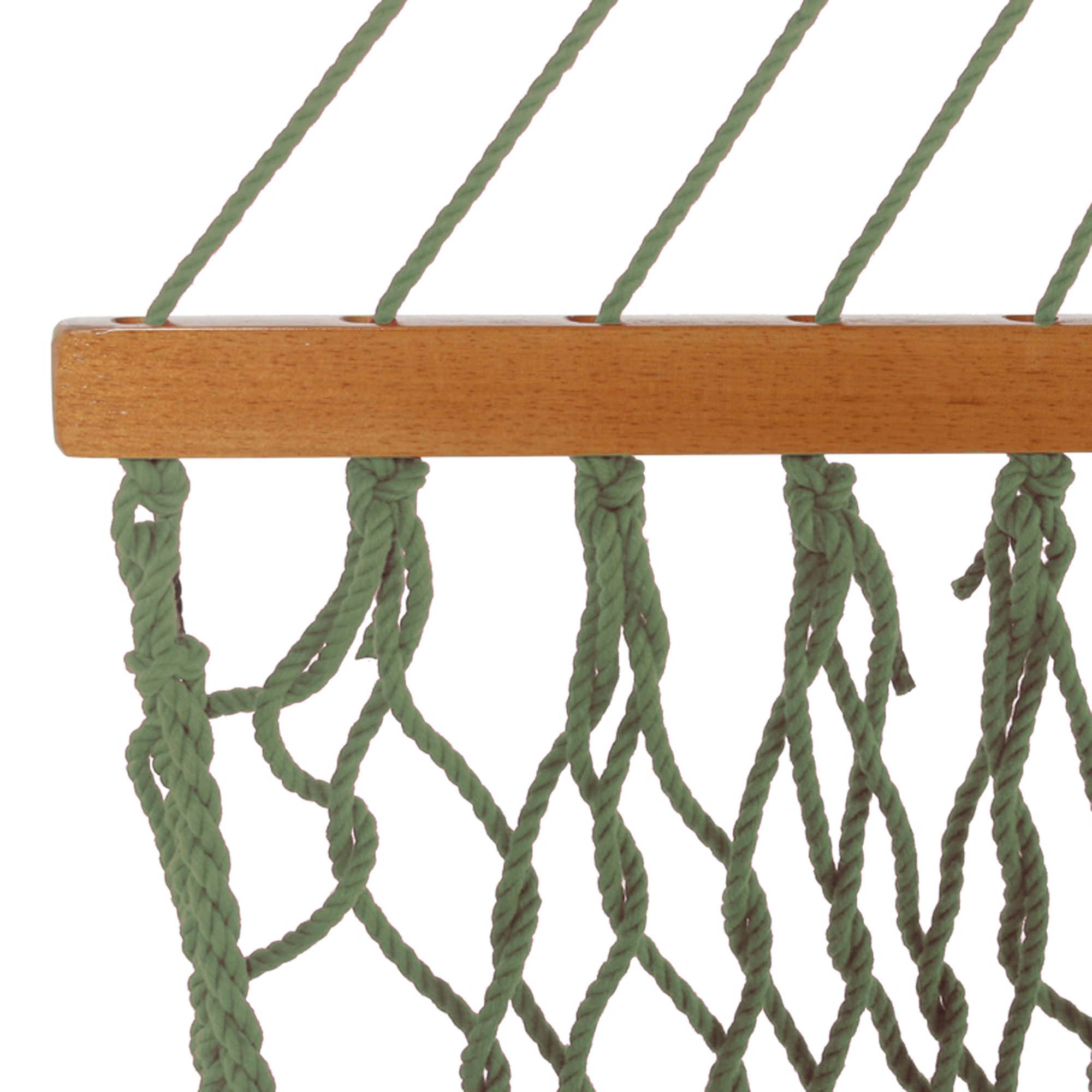

0 thoughts on “How To Store Rope”